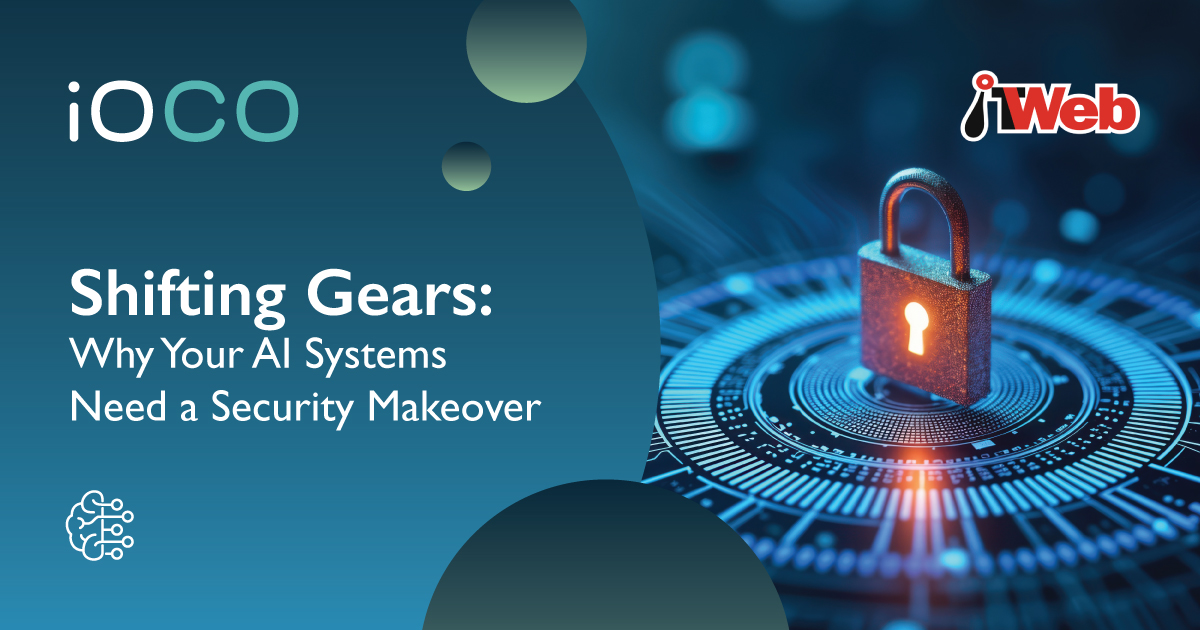Ascendis Health uses global financial visibility and insight to manage its organization.
Numbers don’t lie.
They can describe the financial health of an enterprise, drive decisions, uncover risks, and reveal operational efficiencies and shortfalls. Through accounting processes, financial data is how the business communicates with those running it. That is, as long as someone receives it.
Sometimes the data is difficult to obtain or analyze or consolidate. And communication only grows more complex when the business is not a single entity but rather a collection of businesses. Such is the case of Ascendis Health Limited: a global health and wellness organization composed of 134 entities across the consumer health, pharma, medical, animal health and biosciences segments.
Yolandi van den Berg, Ascendis’s Group Reporting Manager, describes the consolidation and reporting process for an organization that sells products in 130 countries: “It’s challenging to monitor all of those entities in different currencies. They all have various ERP systems, the information isn’t in the same format, and the data is inconsistent.”
She continues: “And then there is the added complication of intercompany transactions, like loans, and translating information into South African rands. So for consolidation, you need a system or a process to eliminate those intercompany transactions from a group perspective.”
In the past, Ascendis used spreadsheet-based financial planning software for its financial reporting but found it problematic for several reasons. “It was very manual, so the data was prone to errors,” van den Berg continues. “There wasn’t a way to put the journals in and run a report on all the consolidation entries. You had to upload Excel documents just to see the end results …. It was definitely not a tool designed for consolidating and translating 134 entities of various reporting currencies like Ascendis has.”
80 GB
“We needed a proper tool to perform the consolidation …. That’s why we decided on Cognos Controller.
Jaco Henning
Group Financial Manager, Ascendis Health Limited
Ultimately, the lack of accurate data combined with the software’s consolidation and reporting limitations obscured group-wide visibility. This, in turn, hindered decision-making and actions, and exposed the business to risks.
Jaco Henning, Ascendis’s Group Financial Manager, elaborates: “We only used the software twice a year: for interim and year-end reporting. The Group consolidation was only done once a year for external reporting, so our management never had a monthly group view. They needed that information to manage the group and make the right decisions. That was lacking with our previous reporting tools.”
Month-to-month functionality and control
With its heritage financial software’s license about to expire, Ascendis saw an opportunity to replace the system with IBM® Cognos® Controller technology.
“We needed a proper tool to perform the consolidation,” says Henning. “We also wanted more rigorous controls in place for our financial reporting so we could get higher quality, more consistent numbers. That’s why we decided on Cognos Controller.”
For the implementation, Ascendis turned to IBM Business Partner iOCO, a tech giant that specializes in data analytics solutions and services, including business analytics, predictive analytics, managed services and project management. Jacqueline Minnaar, an FPM Principal Consultant who works for iOCO’s financial performance management division, led the project with the Ascendis team.
“I really enjoy working with Jacqueline,” says van den Berg. “She’s very thorough. Whenever I have queries — and there have been many because of the complexity — she’s always very helpful. I am very, very happy.”
Minnaar describes the engagement as a big implementation, but adds: “Cognos can perfectly deal with a large organization. Ascendis has eight different types of ERPs. From a data perspective, they’re storing actuals, multiple versions of budgets and forecasts, as well as government actualities for each. So the database is about 80 GB, which is very big. And the back-end storage of all the data is one of the biggest I’ve seen. So they do use many functions of Cognos.”
For instance, Ascendis uses the technology for actual data, forecasting, budgeting and cash flow statements. “On a monthly basis, everyone uploads the actual information into the system, which we then use to extract our monthly reporting packs for the different business units, lenders and management,” van den Berg elaborates. “It’s very important that we forecast accurately on a monthly and yearly basis, as well as from a budget perspective.”
Ascendis also developed a cash flow model in its Cognos application, enabling the company to generate monthly cash flow statements for lenders. “Now we’re managing to comply with all of the requirements that the stakeholders need,” adds Henning.
Jaco Henning
Group Financial Manager, Ascendis Health Limited
Financial visibility that leads to action
Across the organization, Ascendis realizes the benefits of monthly consolidation and reporting. Accurate data leads to more visibility. More visibility leads to better insights. And better insights lead to informed decision-making and actions.
“In the past, we didn’t have a monthly consolidation,” says Henning. “Now we do. We didn’t have a monthly cash flow statement. Now we do. Today we have information available monthly for the whole group, whereas previously it was just once a year.”
He continues: “With Cognos, management can see what is happening across the group and review our business units — where they are financially, compare them to budgets and forecasts, and see if they’re on track. Because they get the bigger picture, they can manage the business much better.”
In one instance, the system’s financial reporting revealed a potentially risky discrepancy related to cash. “We looked at the report compared to the bank account and saw the business wasn’t generating the right level of cash,” Henning recalls. “We were falling short of repaying our debt. So the system helped us identify those types of issues or risks so we could start working on them early enough to address them.”
Cognos Controller software gives Ascendis more control, a feature that Henning appreciates. “With Cognos, we have log reports that show you what happened, how the information changes,” he says. “Our old system didn’t offer this type of control and you couldn’t monitor the access.”
The data is also more consistent, which facilitates and improves analyses. “It’s the same chart of accounts across the group now,” says van den Berg. “Everybody reports revenue on the same line. There’s consistency in the reporting.”
Today, Ascendis is still tweaking and customizing the system, and using more capabilities as the organization changes. “We find more and more ways to use Cognos, like to improve our budget and forecasting processes,” concludes Henning. “That’s where we are at this stage. But definitely, you can’t run a business without a tool like Cognos.”
by Deirdre Puleo



